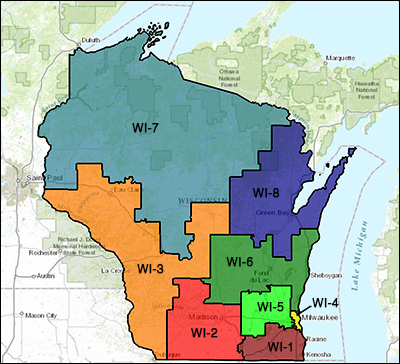By Jim Ellis
 April 20, 2020 — Within a 10-day period, two statewide polls producing radically different results were conducted of the North Carolina electorate. Rather unsurprisingly, the Republican polling firm turned in better results for the GOP candidates than did the Democratic company.
April 20, 2020 — Within a 10-day period, two statewide polls producing radically different results were conducted of the North Carolina electorate. Rather unsurprisingly, the Republican polling firm turned in better results for the GOP candidates than did the Democratic company.
As has been the political narrative for this entire election cycle, North Carolina is going to be one of the most competitive states in the nation. The presidential, US Senate, and gubernatorial races will all be pivotal within the national context.
Harper Polling, the Republican firm, went into the field during the April 5-7 period and conducted live interviews of 500 likely general election voters. Public Policy Polling, a Raleigh-based Democratic survey research company, conducted a large sample poll of 1,318 North Carolina registered voters through a combination of interactive voice and text messaging response systems.
In both the presidential and US Senate campaigns we see diverse results, and particularly so for the latter, yet for the governor’s race the two firms yielded almost identical numbers.
Harper finds President Trump leading former vice president Joe Biden, 49-42 percent, well beyond the polling margin of error. This result is obviously good news for the president in what is for him a must-win state. Conversely, PPP projects only a 48-47 percent split among the two candidates, and in Biden’s favor. In actuality, the two pollsters, while a net eight points apart on their respective ballot tests, are close – within two points – on the Trump number. They are not even within the same realm, and in fact beyond any polling margin of error, on the Biden posting.
The president’s standing could actually be a bit better in North Carolina than these results, and particularly the PPP totals, indicate. In the 2016 election, he under-polled in the Tar Heel State. In the final three polls before the vote, from three different survey research firms, Hillary Clinton held an average 1.3 percentage point advantage over then-candidate Trump. The end result, however, was a 3.3 percentage point victory for the Republican nominee.






